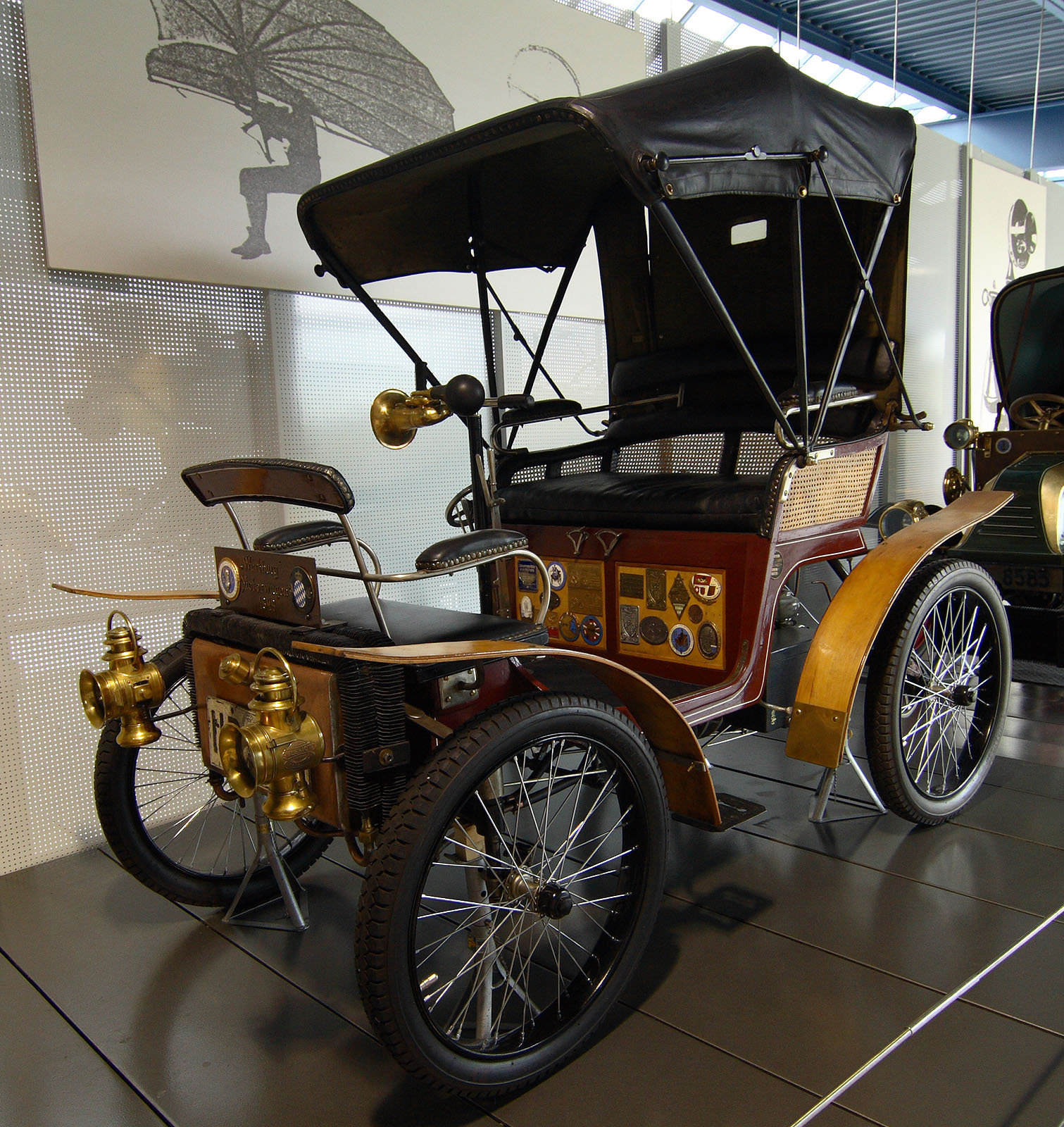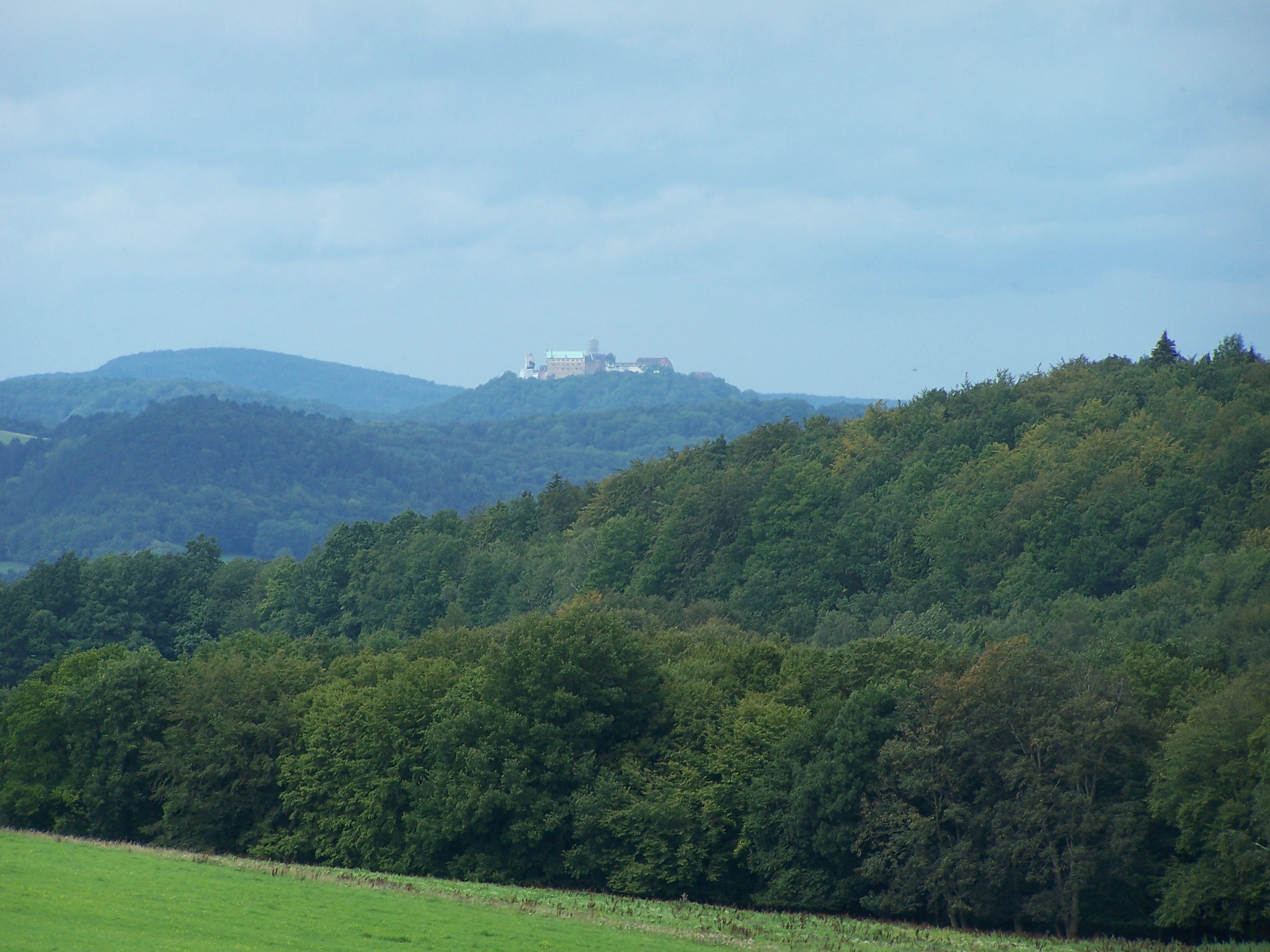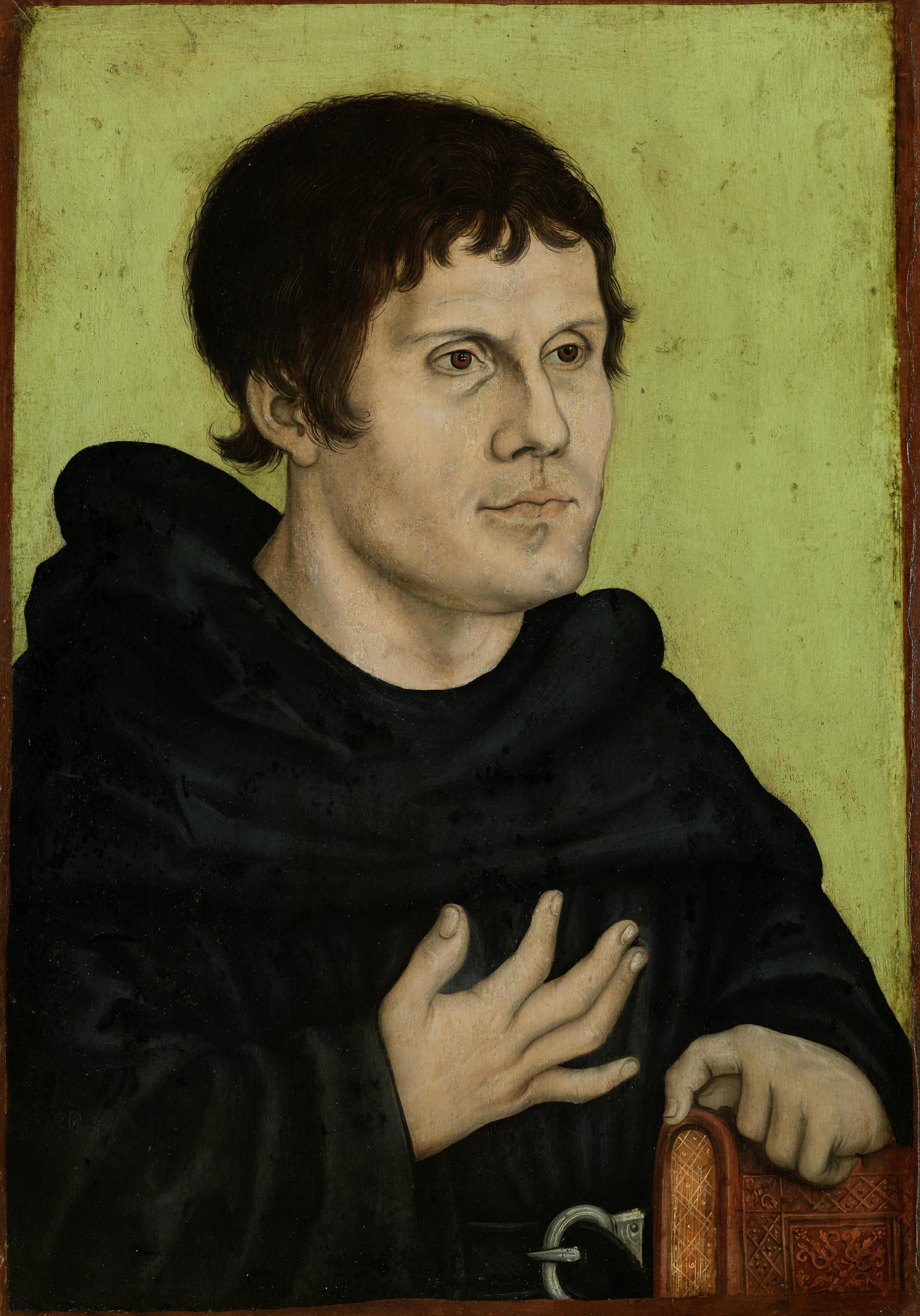|
Eisenach
Eisenach () is a Town#Germany, town in Thuringia, Germany with 42,000 inhabitants, west of Erfurt, southeast of Kassel and northeast of Frankfurt. It is the main urban centre of western Thuringia, and bordering northeastern Hesse, Hessian regions, is near the former Inner German border. A major attraction is Wartburg castle, which has been a UNESCO World Heritage Site since 1999. Eisenach was an early capital of Thuringia in the 12th and 13th centuries. St.Elizabeth of Hungary, Elizabeth lived at the court of the Ludowingians here between 1211 and 1228. Later Martin Luther came to Eisenach and translated the Luther Bible, Bible into German. In 1685 Johann Sebastian Bach was born here. During the early modern period Eisenach was a residence of the Ernestine House of Wettin, Wettins and was visited by numerous representatives of Weimar classicism like Johann Wolfgang Goethe. In 1869 the Social Democratic Workers' Party of Germany, SDAP, one of the two precursors of the Social D ... [...More Info...] [...Related Items...] OR: [Wikipedia] [Google] [Baidu] |
Automobilwerk Eisenach
The Automobilwerk Eisenach (AWE) was an automobile manufacturer in Eisenach, Germany. History Fahrzeugfabrik Eisenach Heinrich Ehrhardt founded the Fahrzeugfabrik Eisenach (FFE) in Eisenach on 3 December 1896 as a stock company. Initially, he produced bicycles and guns. After two years, he started to produce a motor car which he called the Wartburg (marque), Wartburg, a licensed model of the French Decauville automobile, Decauville. The company was the third to manufacture cars in Germany, the first being ''Benz & Cie'' and the second being ''Daimler Motoren Gesellschaft''. His son Gustav subsequently took over the factory, which at the end of the 19th century employed 1,300 workers and was one of the largest in Thuringia. Reorganized as Dixi In 1903, the Ehrhardt family withdrew from management due to financial losses and also because the license to build Decauvilles was revoked. The factory began building under the new name, Dixi, in 1904 with Willi Seck as chie ... [...More Info...] [...Related Items...] OR: [Wikipedia] [Google] [Baidu] |
Opel Eisenach
Opel Eisenach GmbH (formerly Opel AWE Planungs GmbH) is a German manufacturing company based at Eisenach in Thuringia, Germany and a subsidiary of Opel. It currently produces the Opel Grandland. History In March 1990 Adam Opel AG and Automobilwerk Eisenach (AWE) (at that time best known in the west as the producer of the Wartburg) concluded a collaboration agreement. By 5 October 1990, AWE and Opel opened an assembly line for the Opel Vectra. Guests at the celebrations included Helmut Kohl,Geschichte Eisenachs ab 1990 , accessed on 19 September 2012 who two days earlier had become the first of the newly [...More Info...] [...Related Items...] OR: [Wikipedia] [Google] [Baidu] |
Thuringia
Thuringia (; officially the Free State of Thuringia, ) is one of Germany, Germany's 16 States of Germany, states. With 2.1 million people, it is 12th-largest by population, and with 16,171 square kilometers, it is 11th-largest in area. Erfurt is the capital and largest city. Other cities include Jena, Gera and Weimar. Thuringia is bordered by Bavaria, Hesse, Lower Saxony, Saxony, and Saxony-Anhalt. It has been known as "the green heart of Germany" () from the late 19th century due to its broad, dense forest. Most of Thuringia is in the Saale drainage basin, a bank (geography), left-bank tributary of the Elbe. Thuringia is home to the Rennsteig, Germany's best-known hiking, hiking trail. Its winter resort of Oberhof, Germany, Oberhof makes it a well-equipped winter sports destination – half of Germany's 136 Winter Olympics, Winter Olympic gold medals had been won by Thuringian athletes as of 2014. Thuringia was favoured by or was the birthplace of three key intellectu ... [...More Info...] [...Related Items...] OR: [Wikipedia] [Google] [Baidu] |
House Of Wettin
The House of Wettin () was a dynasty which included Saxon monarch, kings, Prince Elector, prince-electors, dukes, and counts, who once ruled territories in the present-day German federated states of Saxony, Saxony-Anhalt and Thuringia. The dynasty is one of the oldest in Europe, and its origins can be traced back to the town of Wettin, Saxony-Anhalt. The Wettins gradually rose to power within the Holy Roman Empire. Members of the family became the rulers of several Middle Ages, medieval states, starting with the Saxon Eastern March in 1030. Other states they gained were Meissen in 1089, Thuringia in 1263, and Saxony in 1423. These areas cover large parts of Central Germany (cultural area), Central Germany as a cultural area of Germany. The family divided into two ruling branches in 1485 by the Treaty of Leipzig: the Ernestine and Albertine branches. The older Ernestine branch played a key role during the Protestant Reformation. Many ruling monarchs outside Germany were later tied ... [...More Info...] [...Related Items...] OR: [Wikipedia] [Google] [Baidu] |
Thuringian Forest
The Thuringian Forest (''Thüringer Wald'' in German language, German ) is a mountain range in the southern parts of the Germany, German state of Thuringia, running northwest to southeast. Skirting from its southerly source in foothills to a gorge on its north-west side is the Werratal, Werra valley. On the other side of the Forest is an upper outcrop of the North German Plain, the Thuringian Basin, which includes the city Erfurt. The south and south-east continuation of the range is the highland often called the Thuringian Highland, Thuringian-Vogtlandian Slate Mountains. Among scattered foothills at its northern foot are the towns Eisenach, Gotha and Arnstadt. The towns of Ilmenau and Suhl sit in slight dips on the range itself to the north and south respectively. Geography and communications The Thuringian Forest forms a continuous chain of ancient rounded mountains with steep slopes to both sides and poses ample difficulties in transit routing save through a few navigable ... [...More Info...] [...Related Items...] OR: [Wikipedia] [Google] [Baidu] |
Wartburg
The Wartburg () is a castle originally built in the Middle Ages. It is situated on a precipice of to the southwest of and overlooking the town of Eisenach, in the state of Thuringia, Germany. It was the home of St. Elisabeth of Hungary, the place where Martin Luther translated the New Testament of the Bible into German, the site of the Wartburg festival of 1817 and the supposed setting for the possibly legendary '' Sängerkrieg''. It was an important inspiration for Ludwig II when he decided to build Neuschwanstein Castle. Wartburg is the most visited tourist attraction in Thuringia after Weimar. Although the castle today still contains substantial original structures from the 12th through 15th centuries, much of the interior dates back only to the 19th century. In 1999, Wartburg Castle was inscribed on the UNESCO World Heritage List because of its quintessential medieval architecture and its historical and religious significance. Etymology The name of the castle is prob ... [...More Info...] [...Related Items...] OR: [Wikipedia] [Google] [Baidu] |
Hörsel
The Hörsel () is a long river in Thuringia, Germany, right tributary of the Werra. It is formed by the confluence of two smaller rivers in Leinatal, at the northern edge of the Thuringian Forest. The Hörsel flows generally northwest through the towns Hörselgau, Wutha-Farnroda and Eisenach. It flows into the Werra in Hörschel, a village near Eisenach. Course As with many rivers, the name of the middle and lower reaches of the Hörsel was only extended to the upper reaches in the 20th century. Kleine Leina und (Wilde) Leina The Hörsel has its source as ''Kleine Leina'' in the Thuringian Forest in the immediate vicinity of the Rennsteig south of the 749 metre high Spießberga at the southern community border of Finsterbergen to Georgenthal. (both district of Gotha). The stream flows first to the northeast and passes different parts of Georgenthal. After 8.4 kilometers of flow distance in the district Schönau vor dem Walde the Leinakanal branches off to the rig ... [...More Info...] [...Related Items...] OR: [Wikipedia] [Google] [Baidu] |
Wartburg (car)
Wartburg was an East German automotive brand used for cars manufactured at VEB Automobilwerk Eisenach. Origins of the brand date back to 1898. The name derives from the Wartburg on one of the hills overlooking the town of Eisenach where the cars were made. From the 1950s until the late 1980s, Wartburgs featured a three-cylinder two-stroke engine with only seven major moving parts (three pistons, three connecting rods and one crankshaft). Production ended in April 1991, and the factory was acquired by Opel. History First usage of name The marque dates back to 1898 when a car made by Automobilwerk Eisenach was named the Wartburgwagen. It consisted of a cane chair to seat two people, four mudguards, two headlamps and a two-cylinder, 765-cc engine. Its top speed was . The name was dropped in 1904 when the company changed hands but re-appeared briefly in the early 1930s on the BMW 3/15 DA-3 Wartburg, which was BMW's first sports car.BMW 3/15 PS, 315/1 and 319/1 - early road ... [...More Info...] [...Related Items...] OR: [Wikipedia] [Google] [Baidu] |
Martin Luther
Martin Luther ( ; ; 10 November 1483 – 18 February 1546) was a German priest, Theology, theologian, author, hymnwriter, professor, and former Order of Saint Augustine, Augustinian friar. Luther was the seminal figure of the Reformation, Protestant Reformation, and his theological beliefs form the basis of Lutheranism. He is widely regarded as one of the most influential figures in Western world, Western and History of Christianity, Christian history. Born in Eisleben, Luther was ordained to the Priesthood in the Catholic Church, priesthood in 1507. He came to reject several teachings and practices of the contemporary Catholic Church, Roman Catholic Church, in particular the view on indulgences and papal authority. Luther initiated an international debate on these in works like his ''Ninety-five Theses'', which he authored in 1517. In 1520, Pope Leo X demanded that Luther renounce all of his writings, and when Luther refused to do so, Excommunication in the Catholic Church, ... [...More Info...] [...Related Items...] OR: [Wikipedia] [Google] [Baidu] |
Social Democratic Workers' Party Of Germany
The Social Democratic Workers' Party of Germany (, SDAP) was a Marxist socialist political party in the North German Confederation during unification. Founded in Eisenach in 1869, the SDAP endured through the early years of the German Empire. Often termed the Eisenachers, the SDAP was one of the first political organizations established among the nascent German labor unions of the 19th century. It officially existed under the name SDAP for only six years (1869–1875). However, through name changes and political partnerships, its lineage can be traced to the present-day Social Democratic Party of Germany (SPD). Origins VDAV and ADAV The SDAP was one of the earliest organizations to arise from German workers' unionizing activity, but it was not the first. At the group's founding in 1869, the fast-growing working class of the Industrial Revolution had already established several notable associations for workers' advocacy. Chief among these were Leopold Sonnemann's Assembly ... [...More Info...] [...Related Items...] OR: [Wikipedia] [Google] [Baidu] |
Johann Sebastian Bach
Johann Sebastian Bach (German: Help:IPA/Standard German, [ˈjoːhan zeˈbasti̯an baχ]) ( – 28 July 1750) was a German composer and musician of the late Baroque music, Baroque period. He is known for his prolific output across a variety of instruments and forms, including the orchestral ''Brandenburg Concertos''; solo instrumental works such as the Cello Suites (Bach), cello suites and Sonatas and Partitas for Solo Violin (Bach), sonatas and partitas for solo violin; keyboard works such as the ''Goldberg Variations'' and ''The Well-Tempered Clavier''; organ works such as the ' and the Toccata and Fugue in D minor, BWV 565, Toccata and Fugue in D minor; and choral works such as the ''St Matthew Passion'' and the Mass in B minor. Since the 19th-century Reception of Johann Sebastian Bach's music, Bach Revival, he has been widely regarded as one of the greatest composers in the history of Western music. The Bach family had already produced several composers when Joh ... [...More Info...] [...Related Items...] OR: [Wikipedia] [Google] [Baidu] |
Johann Wolfgang Goethe
Johann Wolfgang (von) Goethe (28 August 1749 – 22 March 1832) was a German polymath who is widely regarded as the most influential writer in the German language. His work has had a wide-ranging influence on literary, political, and philosophical thought in the Western world from the late 18th century to the present.. A poet, playwright, novelist, scientist, statesman, theatre-director, and critic, his works include plays, poetry and aesthetic criticism, as well as treatises on botany, anatomy, and colour. Goethe took up residence in Weimar in 1775 following the success of his first novel, '' The Sorrows of Young Werther'' (1774), and joined a thriving intellectual and cultural environment under the patronage of Duchess Anna Amalia that formed the basis of Weimar Classicism. He was ennobled by Karl August, Duke of Saxe-Weimar, in 1782. Goethe was an early participant in the ''Sturm und Drang'' literary movement. During his first ten years in Weimar, Goethe became a membe ... [...More Info...] [...Related Items...] OR: [Wikipedia] [Google] [Baidu] |








